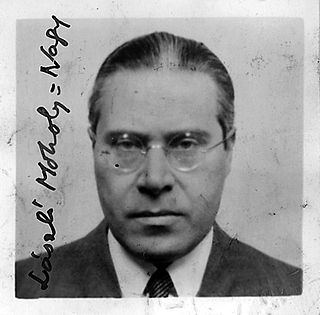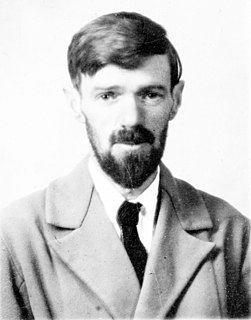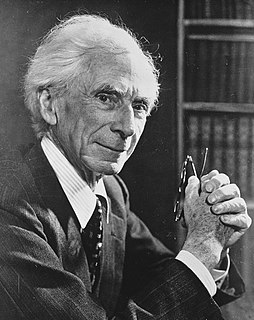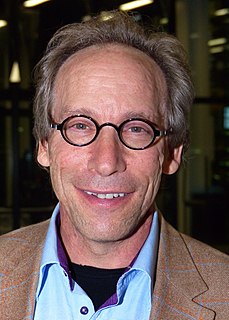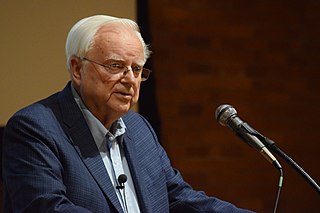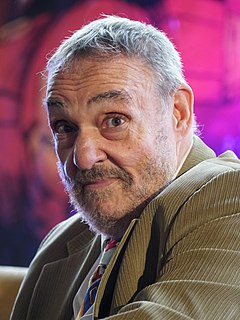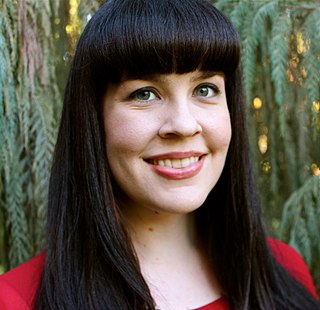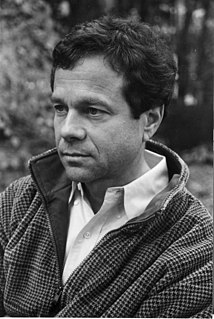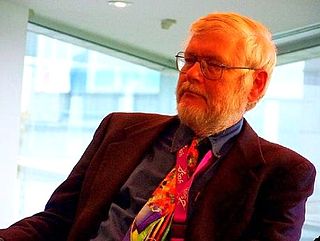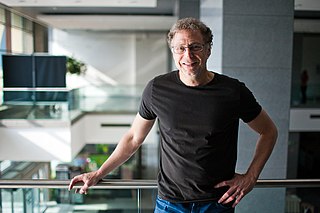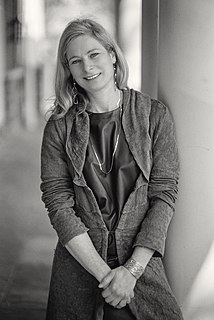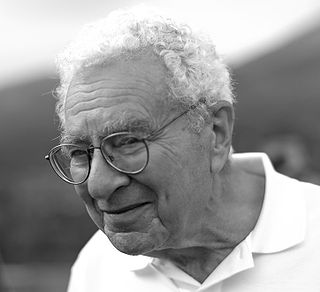A Quote by Robert Andrews Millikan
We have been forced to admit for the first time in history not only the possibility of the fact of the growth and decay of the elements of matter. With radium and with uranium we do not see anything but the decay. And yet, somewhere, somehow, it is almost certain that these elements must be continuously forming. They are probably being put together now in the laboratory of the stars. ... Can we ever learn to control the process. Why not? Only research can tell.
Related Quotes
To our senses, the elements are four and have ever been, and will ever be for they are the elements of life, of poetry, and of perception, the four Great Ones, the Four Roots, the First Four of Fire and the Wet, Earth and the wide Air of the World. To find the other many elements, you must go to the laboratory and hunt them down. But the four we have always with us, they are our world. Or rather, they have us with them.
What is it that you contain? The dead. Time. Light patterns of millennia opening in your gut. Every minute, in each of you, a few million potassium atoms succumb to radioactive decay. The energy that powers these tiny atomic events has been locked inside potassium atoms ever since a star-sized bomb exploded nothing into being. Potassium, like uranium and radium, is a long-lived radioactive nuclear waste of the supernova bang that accounts for you. Your first parent was a star.
On the geometric level, we see certain physical elements repeated endlessly, combined in an almost endless variety of combinations. It is puzzling to realize that the elements, which seem like elementary building blocks, keep varying, and are different every time that they occur. If the elements are different every time that they occur, evidently then, it cannot be the elements themselves which are repeating in a building or town; these so-called elements cannot be the ultimate "atomic" constituents of space.
You couldn't be here if stars hadn't exploded, because the elements - the carbon, nitrogen, oxygen, iron, all the things that matter for evolution - weren't created at the beginning of time. They were created in the nuclear furnaces of stars, and the only way they could get into your body is if the stars were kind enough to explode. So, forget Jesus. The stars died so that you could be here today.
People presume we've been somehow monitoring the entire sky at all frequencies, all the time, but we haven't yet been able to do any of those things. The fact is, all the SETI efforts to date have only closely examined a couple thousand nearby stars, and we're only just now learning which of those might have promising planets.
The universe starts off with the Big Bang theory, and the first thing that emerged from the Big Bang is essentially hydrogen and then helium. And that's what combusts in stars. Finally, stars implode, and they build heavier elements out of that. And those heavier elements are reconstituted in the heart of other stars, eventually.
The future of nations cannot be frozen . . . cannot be foreseen. If we are going to accomplish anything in our time we must approach our problem in the knowledge that there is nothing rigid or immutable in human affairs. History is a story of growth, decay and change. If no provision, no allowance is made for change by peaceful means, it will come anyway - and with violence.
The ensouled is distinguished from the unsouled by its being alive. Now since being alive is spoken of in many ways, even if only one of these is present, we say that the thing is alive, if, for instance, there is intellect or perception or spatial movement and rest or indeed movement connected with nourishment and growth and decay. It is for this reason that all the plants are also held to be alive . . .

